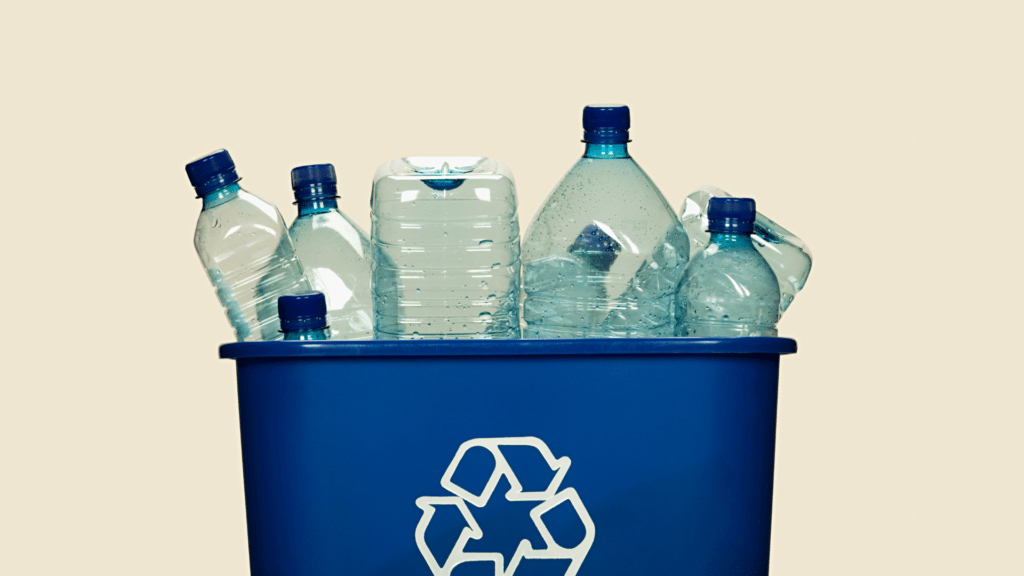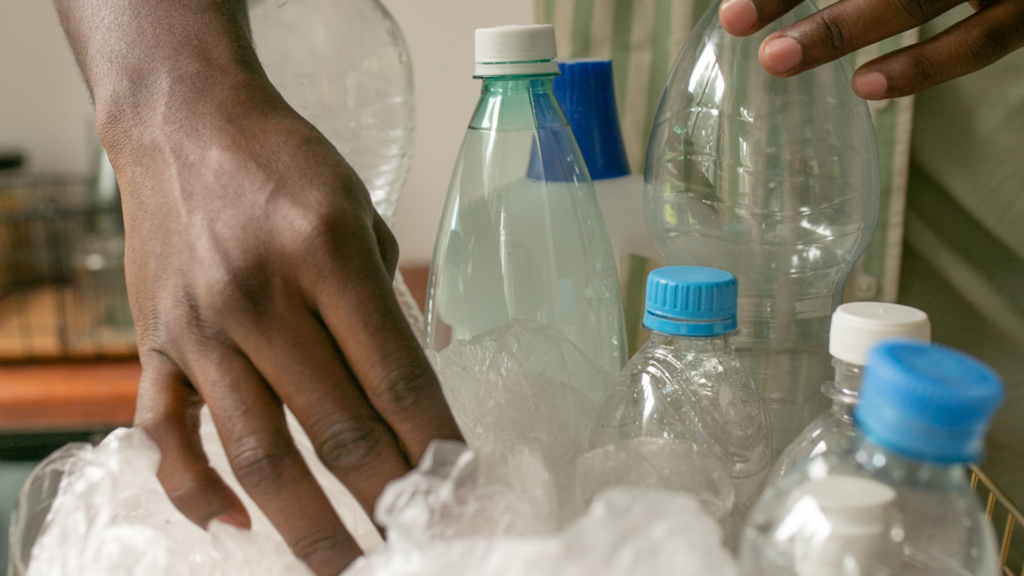Scaling Sales Pipeline Marketing Revenue Lead Generation Advertising Publicity Demand Biz Dev Financing Demand Opportunities Partnerships Deal Flow
For Sustainable Materials
We amplify the use of sustainable materials, chemicals, products, and packaging.

Focused on Scaling Sustainable Solutions
We believe that regeneration is mission critical to the evolution of capitalism & humanity
Customers, employees, investors, and communities all want the same thing: sustainable solutions. The problem is: these technologies cost millions and take years to commercialize.

Sustainable Solutions Fundamentally Drive Efficiency
Commercializing sustainable solutions requires a lot of time, money, and energy
There is a graveyard of sustainable materials and clean technologies that never made it to commercial production. Without millions of dollars and years of R&D, winning in this industry is a long shot (at best).

Sustainable Innovation
Optimizing For Regeneration
We help startups and large corporations scale the use of sustainable materials, chemicals, products, and packaging.
Sustainable Solutions Are Nuanced
Commercializing sustainable materials is much more complicated than scaling other solutions
Sustainability mandates will require companies to find alternative solutions to reduce Scope 3 Carbon Emissions. We solve problems for producers and consumers of sustainable materials.
Multiple Stakeholders
Integrating new materials requires many departments that all care about different things.
-
R&D = Performance
Material scientists and mechanical engineers are looking to determine if an alternative material can meet the required properties (mechanical, thermal, electrical, physical, chemical, optical, magnetic, etc).
-
Sustainablility = CO2
Sustainability departments care about carbon footprint reduction, responsible sourcing, and the message the company gets to tell its stakeholders (with approval from marketing, legal, communications, etc).
-
Procurement = Price
The procurement team cares about how much materials cost, how much they weigh, how they're shipped, and how you scale. Procurement teams need to understand how you become a reliable supplier.
Externalities Beyond CO2
Communicating other side effects of replacing a legacy solution creates unique anchors.
-
Reducing Pollutants
Creating materials from petrochemicals releases pollutants like Arsenic, Mercury, Lead, Benzene, Formaldehyde, Methane, Sulfur Dioxide, Nitrogen Oxides, Carbon Monoxide, VOC’s, Uranium, and other types of particulate matter. Reducing these pollutants is important.
-
Reducing Toxins
Exposure to most household chemicals disrupts our body's hormone production and natural rythm. Reducing these toxins is important.
-
Unknown Unknowns
Figure out the unique angles that your product adds value to the world. This can be all the little benefits that your solution provides to the world.
3rd Grade Language
Seize the opportunity to take really complex topics and explain them in a way that is repeatable & unique.
-
Easy to Understand
Can an elementary schooler understand what you do and how it works?
-
Repeatable
Can someone repeat what you do to a coworker or family member? If not, how do you expect word to spread?
-
Memorable
Is what you're saying memorable? If not, it will just blend in and become another 'me too' type of offering.
Multi Faceted
Being a leader in sustainable solutions is only possible with dozens of innovations.
-
Materials
Most plastics and additives are made from hydrocarbons (coal, oil, nat gas). These materials are very strong, very light, and very cheap.
-
Products
Metals and minerals are typically heavy, energy intensive, transportation inefficient, extracted resources.
-
Packaging
The built environment needs sustainable alternatives across hundreds of different types of products. It's time to systematically reduce embodied carbon.
Long Timeline
Companies can take many years to find, test, & commercialize clean technologies.
-
Hard To Find
Suppliers of sustainable materials are often not world class marketers. These companies could also be on the other side of the earth. Locating suppliers can be time and energy intensive.
-
Long Testing Que
Large companies have lots of materials that needed to get tested yesterday. New materials can sit in line for many months (or longer) before R&D teams have the time and resources to dive deeper.
-
Iterative Process
Testing new materials requires a feedback loop from the consumer of the material back to the producer of the material. Often times there are adjustments to formulations and processing conditions that are required for optimal performance.
High Costs
Sustainability-focused innovations can cost millions in R&D if not managed properly.
-
Dedicated Labor
The people at R&D labs who call the shots are well compensated. Experts at these R&D labs include materials scientists, mechanical engineers, polymer chemists, chemical engineers, and other types of scientists, engineers, and mathematicians.
-
Dedicated Equipment
The equipment required to run tests on new materials is expensive to acquire (and run). Often times, a company will have to use commercial equipment to run tests.
-
Opportunity Cost
If they are working on your material, they are dedicating resources that could be going to another material. A company only has so much bandwidth, so you are oftentimes competing with other innovations for the same time, money, and energy.
Creating A Sustainable Future Means...
Embedding sustainable solutions in each part of the supply chain
Sustainability used to just be about solar panels and CO2 reduction. Now there are entire industries that support sustainable alternatives.

Sustainable Materials
Crops, mushrooms, algae, microbes, and enzymes can create the products we know and love.

Sustainable Packaging
Circularity in consumer and industrial packaging can unlock sustainable consumption.

Sustainable Agriculture
Renenerative agriculture can help scale positive outcomes for human and planetary health.

Sustainable Finance
Investments in clean technologies are helping investors drive financial returns & positive impacts.
Everyone Has The Same Goal
Reduce CO2 Without Compromising Price and Performance
Sustainable alternatives that can hit this mandate are bound to outperform their competitors long term.
- Cost
- Performance
- CO2




















